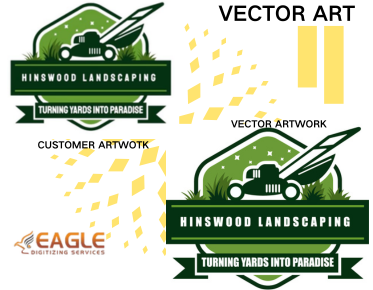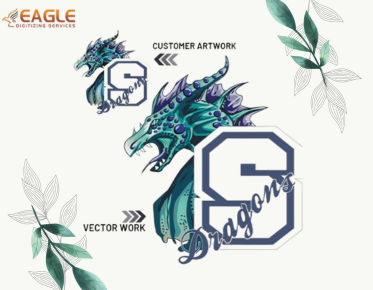How to Screen Print a Custom T-Shirt
Screen printing is a versatile and popular method for customizing t-shirts. This technique allows for vibrant colors and complex designs to be printed onto fabric, making it a go-to choice for creating custom apparel. Whether you're looking to start your own screen printing business or simply want to make unique shirts for a special event, understanding the basic processes and the required materials is essential.
Understanding the Screen Printing Process
Screen printing involves creating a stencil (called a screen) and using it to apply layers of ink on the printing surface. Each color is applied using a different screen, allowing you to build up a vibrant and multi-colored design. Here's a step-by-step guide to the process:
Step 1: Design Preparation
Before you start, prepare your design. It should be adjusted for screen printing, typically by separating each color layer. Many use vector art for this as it scales well without loss of detail. Companies like Eagle Digitizing offer superb vector art services, ensuring your design is perfectly prepped for screen printing.
Step 2: Setting Up the Screens
Each color requires its own screen. A screen is a mesh stretched tightly over a frame. A negative image of the stencil is burned onto the screen using a light-sensitive emulsion.
Step 3: Mixing the Inks
Select the inks that match the colors of your design. Mix them thoroughly to ensure they are ready for application. The type of ink used can affect the final outcome, so choose wisely. Specialty inks, such as metallic or glow-in-the-dark, can add unique effects.
Step 4: Printing the T-Shirts
Now it's time to do the actual printing. Lay your t-shirt flat on the printing surface, place the screen on top, and use a squeegee to pull ink across the screen. This presses the ink through the open areas of the stencil and onto the shirt.
Step 5: Curing the Print
Once you have printed your design, it needs to be cured (dried properly) to ensure it won’t wash out in the laundry. This often involves using a heat press or conveyor dryer to apply the right amount of heat.
Advanced Tips for Screen Printing
For those looking to improve their screen printing skills, consider focusing on:
- Detail Inspection: Constantly check the alignment of your screens to prevent colors from overlapping and ensure details remain sharp.
- Experimenting with Textures: Modify your inks with additives to create unique textures. Ink brands offer a range of effects from soft to thick coatings.
- Professional Design Adjustments: Companies like Eagle Digitizing can assist with complex adjustments such as vector tracing service, ensuring every element is perfectly positioned and color-separated.
Why Vector Art is Essential
Vector art is crucial in screen printing due to its scalability and precision. Unlike raster images, vector files can be resized without degradation in quality, making them perfect for printing sharp and clear designs. If you're new to vector art, consider exploring image to vector conversion services for transforming your designs into perfect prints.
Conclusion: Future Trends in Screen Printing
The future of screen printing is bright with trends leaning towards more sustainable practices and innovative printing techniques such as incorporating digital elements. As technology advances, it's exciting to think about how these changes might streamline the screen printing process further and make custom t-shirt printing even more accessible to individuals and businesses alike.



